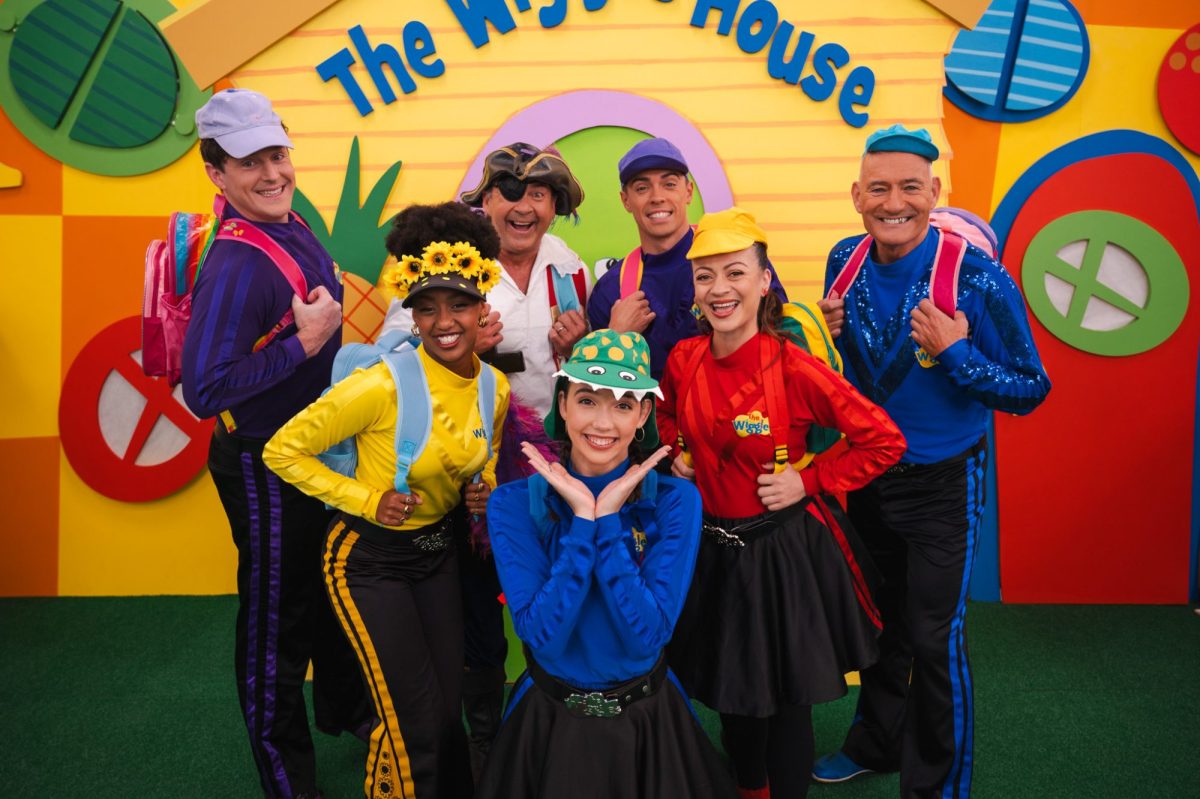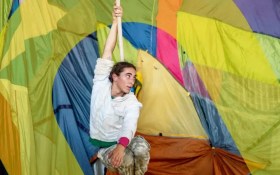Australia’s forthcoming YouTube youth ban will make the country one of the strictest markets in the world for underage social media.
Last week the Albanese government announced that, starting 10 December, children under 16 will be prohibited from creating accounts on YouTube.
This is a reversal of a previous decision by former Communications Minister Michelle Rowland to exempt the video platform from the under-16s social media restrictions. It throws the livelihoods of many Australian children’s entertainers into unknown territory.
The policy is part of a broader reform that imposes a minimum age for social media accounts across platforms such as Facebook, Instagram, Snapchat, TikTok and X, with fines of up to A$49.5m for companies that fail to take ‘reasonable steps’ to stop underage users from creating accounts.
YouTube youth ban – quick links
The government’s decision followed advice from the eSafety commissioner, Julie Inman Grant, who told parliament that nearly four in 10 children surveyed reported exposure to harmful content on YouTube. She argued that the platform’s recommendation algorithms can serve up disturbing material to young users, calling YouTube ‘the most frequently cited platform’ in her research.
The more tightly curated YouTube Kids app will remain available, and children will still be able to watch videos on the main site in a logged‑out state.
However, they will be unable to have accounts or subscribe to channels. Communications minister Anika Wells said the government wants to give kids ‘a reprieve from the persuasive and pervasive pull of social media’. Prime Minister Anthony Albanese echoed that sentiment, stating that social media is doing ‘social harm’ and pledging to give parents ‘peace of mind’.

YouTube youth ban: government defends decision amid industry backlash
YouTube and other tech companies have criticised the inclusion of the platform in the ban. The platform argued it operates differently from social networks and had previously been granted an exemption because of educational benefits.
In late July, Google representatives privately hinted at legal action, describing YouTube as a video sharing platform rather than a social media service. A YouTube spokesperson said the company shares the goal of reducing online harms but believes its service is ‘increasingly viewed on TV screens’ and should not be subject to the same rules as social media.
Wells pushed back, saying the government ‘will not be intimidated by legal threats when this is a genuine fight for the wellbeing of Australian kids’. She invoked a maritime metaphor: ‘We can’t control the ocean but we can police the sharks’. The minister added that there is ‘no one perfect solution’ but that the social media minimum age will make a positive difference to children’s wellbeing.
Both Albanese and Wells have emphasised that the rules are not a ‘set and forget’ but a ‘set and support’ approach, implying the legislation may evolve as digital technologies and risks change.
YouTube youth ban: wider online safety reforms and age assurance
The YouTube youth ban coincides with broader moves by the eSafety commissioner to require age assurance for internet services. In July, the Guardian reported that new codes under the Online Safety Act will oblige search engines, app stores and AI chatbots to verify users’ ages. Measures could include analysing account history, facial age estimation or requiring ID documents.
These codes aim to prevent minors from accessing pornography, violent material or sites advocating self harm. Companies that do not comply could face fines similar to those for the social media ban.
Critics worry that age assurance could erode privacy and hand more data to tech giants. Technology analyst Justin Warren said the measures ‘hand even more power and control over Australians’ online lives to those same foreign tech companies’.
Electronic Frontiers Australia chair John Pane noted that many people are unaware of the scale of changes and may be unhappy when they have to prove they are over 18 to access content. Industry body Digi responded that the codes are targeted and proportionate, focusing on specific content categories and allowing companies to use less intrusive inference methods to determine age.
YouTube youth ban: implications for Australian kids’ content creators
For Australian creators who make content for children, the YouTube youth ban could be disruptive. YouTube has been a vital platform for early childhood entertainers and educational channels because it allows free distribution and global reach. High‑profile Australian brands such as The Wiggles and the animated series Bluey have successful YouTube channels.
The ban will not remove their videos, but it will prevent their core audience from subscribing to channels, receiving notifications or posting comments. This severing of the direct creator–child relationship may reduce engagement and hamper community building.
Many children’s content makers are yet to publicly respond. However, the restriction could alter monetisation models. Creators earn revenue not only from ads but also from premium subscriptions and channel memberships, which require accounts. If under‑16s cannot have accounts, ad revenue may remain, but membership income will decline.
Additionally, algorithms that recommend videos often rely on account data; children watching logged out may see more general recommendations, making it harder for specific channels to be discovered.
Producers might shift focus to YouTube Kids, which remains permitted. Yet YouTube Kids has a more limited catalogue and requires content to meet stricter advertising and quality standards.
Another option is to diversify distribution through broadcast television, educational streaming services and ad‑free subscription platforms. Creators could also target content at parents rather than children, encouraging parents to play videos for their kids while logged in under adult accounts.
YouTube youth ban: navigating a changing digital landscape
The YouTube youth ban highlights tensions between protecting children online and supporting creative industries. On one side are legitimate concerns about predatory algorithms and harmful content; on the other is a vibrant children’s media sector that relies on digital platforms to survive.
The Australian government sees the ban as a necessary intervention to give children more time for offline activities and to reduce exposure to inappropriate material.
For content creators, the challenge will be to adapt. Education and entertainment producers may need to rethink how they engage audiences and generate revenue. This could spur innovation in areas such as interactive live shows, educational apps and partnerships with schools. It might also accelerate conversations about public funding for children’s media, recognising that advertising‑driven models are vulnerable to regulation.
Ultimately, the YouTube youth ban is part of a global debate about the role of major tech platforms in children’s lives. The months leading up to December will see further guidance from regulators and responses from creators. For Australian arts and media professionals, understanding the specifics of the ban and planning for its impact will be crucial.





